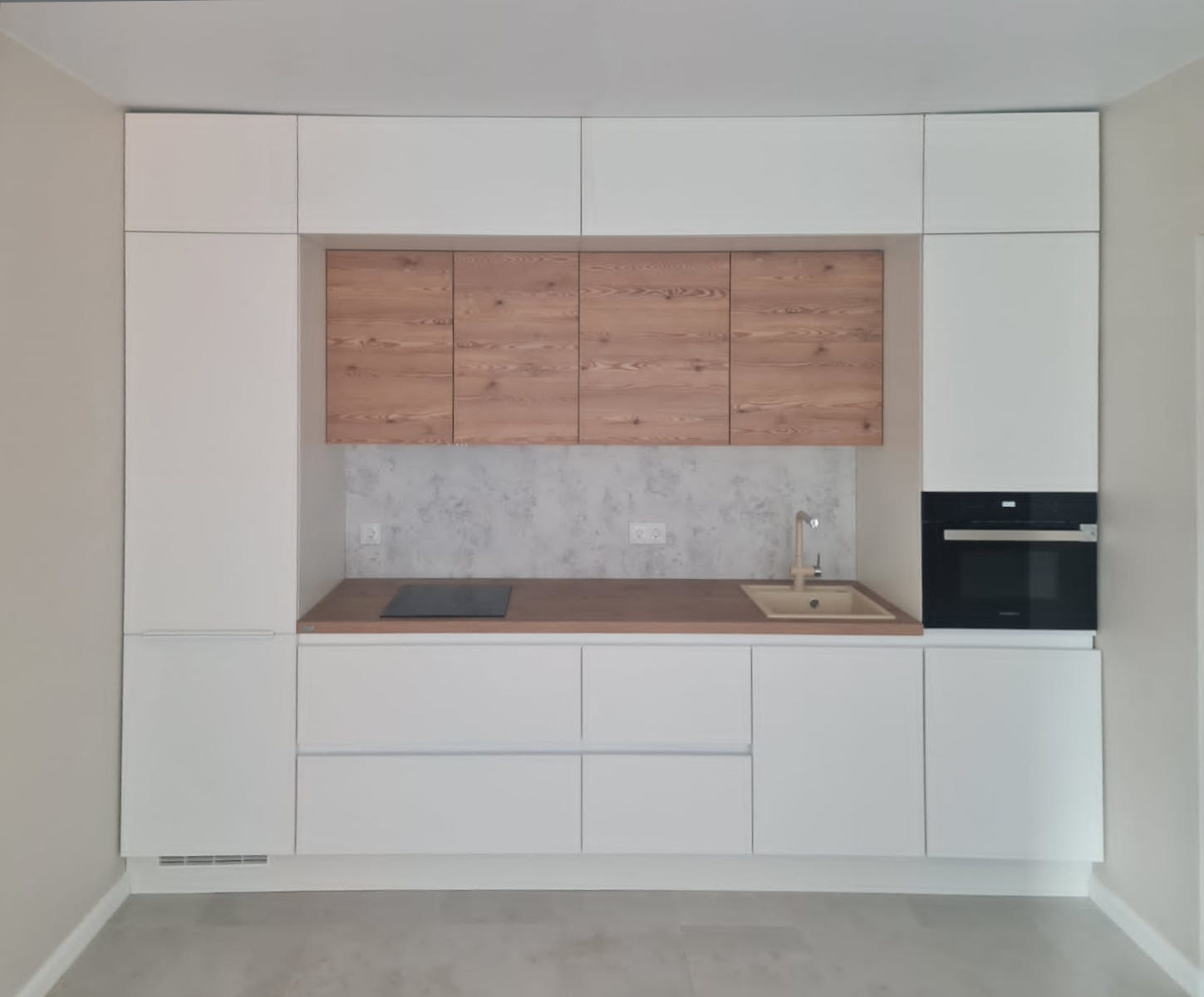
Reinventing the Heart of the Home: The Evolution of Culinary Spaces
The kitchen, once a purely functional space tucked away out of sight, has undergone a remarkable transformation over the years. This evolution reflects not only changes in design trends but also a shift in how we perceive the act of cooking itself—from a mundane task to an art form and a central part of our lives. Today's culinary spaces are reimagined beautifully, merging both form and function to create environments that are as aesthetically pleasing as they are practical.
The Rise of Open-Concept Kitchens
One of the most significant changes in kitchen design has been the move towards open-plan layouts. These contemporary designs have effectively knocked down the walls that once separated the kitchen from the rest of the home, especially the dining and living areas. This open concept not only allows for more social interaction among family and guests but also lets natural light spill across the home, creating a sense of expansiveness and flow.
Incorporating Natural Elements
In a bid to create more harmonious and inviting spaces, designers are increasingly incorporating natural materials into culinary spaces. The use of wood, stone, and plants helps to bring the outdoors inside, fostering a sense of calm and serenity. Whether it's a sleek marble countertop, hardwood floors, or a vertical herb garden, these elements add texture and warmth to the kitchen.
Smart Kitchens: Technology Meets Tradition
As technology advances, so too does kitchen design. Smart kitchens are becoming the norm, equipped with appliances and gadgets that can be controlled via smartphone or voice command. From refrigerators that can help you make your shopping list to ovens that can be preheated remotely, technology is making culinary spaces more efficient and user-friendly.
Sustainability in Focus
There is also a growing movement towards sustainability in kitchen design, reflecting a broader awareness of environmental issues. Energy-efficient appliances, recycled materials, and composting systems are just a few examples of how contemporary kitchens are evolving to reduce waste and support sustainable living practices.
Personalizing with Color and Textures
The modern kitchen is not only functional but also a canvas for personal expression. Homeowners are no longer sticking to traditional color palettes and are instead experimenting with bold hues, unique textures, and eclectic accents. From vibrant backsplashes to hand-painted tiles and statement light fixtures, these personal touches ensure that each kitchen is a reflection of its owner's taste and lifestyle.
Conclusion: The Future of Culinary Spaces
As our lives become busier and more connected, the kitchen's role as a place for nourishment and communion only grows stronger. By reimagining culinary spaces beautifully, we create environments that encourage creativity, foster relationships, and cultivate a sense of well-being. The future of kitchen design will likely continue to blend aesthetics with innovation, ensuring that the heart of the home remains a cornerstone of daily life, abounding with beauty and purpose.